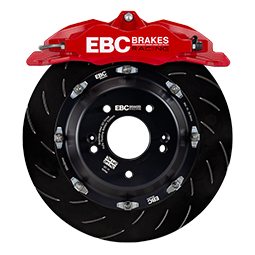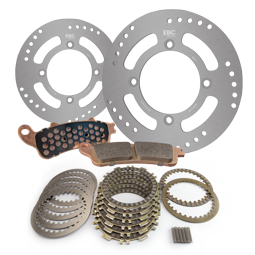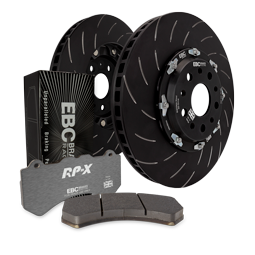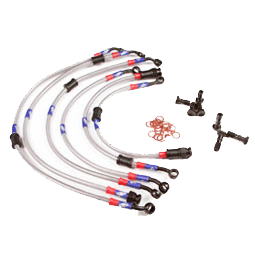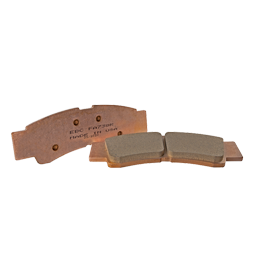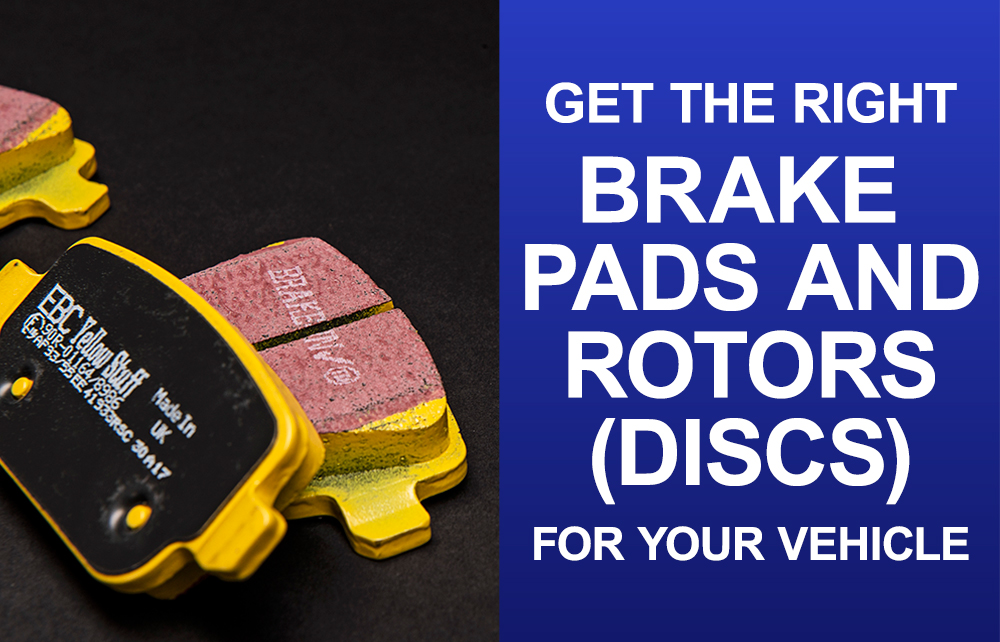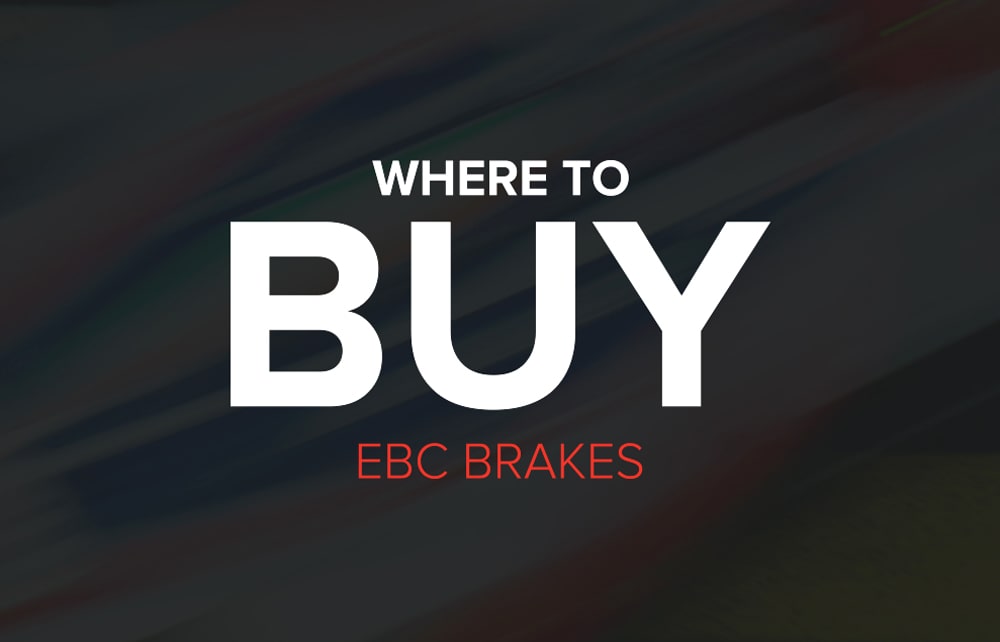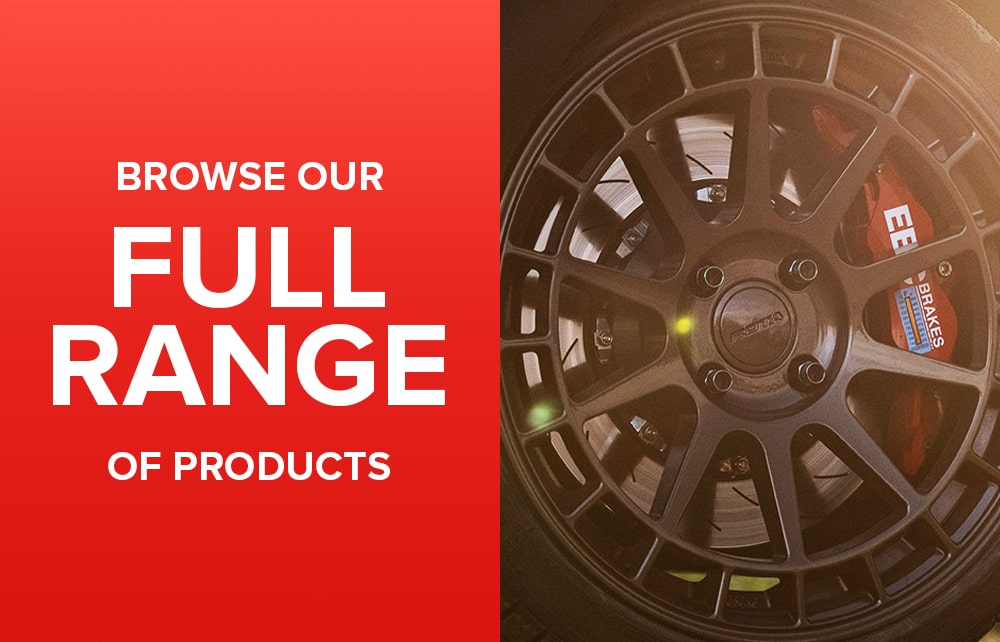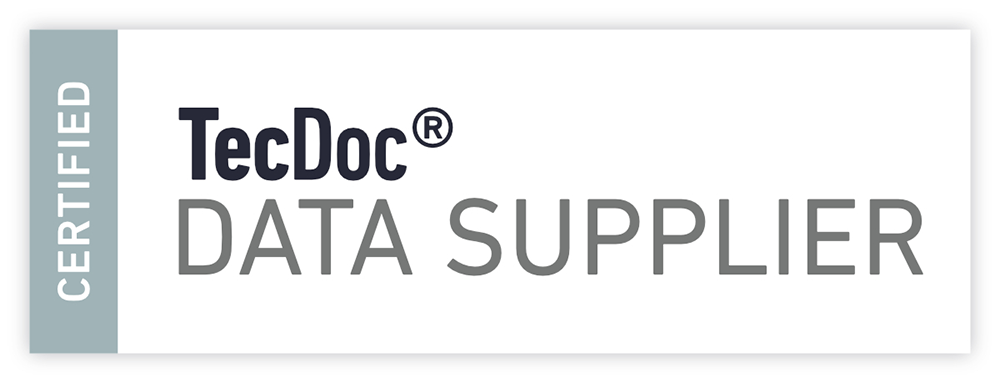Home » FAQs
FAQs
Brake Squeal Causes and Cures
Here are some reasons and pointers for you
Firsts of all brake squeal can happen with ANY brake pad, pad type, brand and on almost any vehicle.
Facts are
- Brake squeal always happens within the first 200-500 miles and usually goes away after that
- It depends massively upon brake disc/rotor condition. A used rotor with a lip at the edge or an uneven surface can mean double the time for any noise to stop.
- On automotive cast iron rotors with an uneven condition the ideal fix is to have them machined on a Pro Cut lathe (Pro-Cut UK| Pro-Cut USA). A used rotor that is skimmed on the Pro Cut lathe is better than a new rotor provided the thickness minimums are respected. The cast rotor matrix settles after use.
- There are different types of Squeal ranging from “Creep Graunch “ which is a small noise as you release the brake from a standstill, usually worse in reverse and is hard to rectify up to brake squeal referred to under point 1)
Remedies
- Make sure your pads have noise shims, provided on all EBC pads.
- Allow pads to bed in and if noise continues after 500 miles give the brake system a good workout with a few heavier brake applications on a safe road
- Check caliper condition, calipers need to be removed and serviced every 5-7 years or exchanged. Sliders and pins in calipers corrode and cause pad drag that leads to brake overheat and squeal.
Aeroplaning or Wind Noise on EBC GD series Sport Rotors under heavy braking
Provided you have the latest spec 3 slot version of EBC sport rotors the noise levels are as low as they will go with a sport rotor. We recently changed from 5 slot to 3 slot to reduce noise issues. The slots have a purpose of drawing cool air under the pad contact point and are therefore beneficial. On the 5 slot rotors experience shows us that noise gradually reduces over a period of driving but it can take up to 2000 miles use before this reaches its lowest point after which the noise is there to stay. If you are totally dissatisfied with the presence of this noise, please contact us again and we will come to a reasonable solution. There is absolutely no safety issue involved.
EBC now also make their new Ultimax Black Dash series slotted rotors which feature narrower slots and no dimples. This design is significantly quieter. So why does EBC sell two types of sport rotor?
First the larger the slots (as on the 3GD series) the better the air cooling effect, tests on the UK Police Force Chase cars have shown the wide slots to be very helpful at speed at cooling the pad and rotor. Also the 3GD wider slots extend completely to the edge of the rotor and are better at removing dirt, dust, debris and water (making them ideal for off road uses)
On the other hand the narrower slots on the new Ultimax series provide SOME cooling and certainly degas the pads and are therefore a good upgrade option for street use at lower speeds.
People often ask “Do sport rotors really do anything?” and our honest answer is they do. First the cooling advantage is simple physics: they cool the pads and rotors, but the surface area reduction actually means less braking unless you change the brake pads for a higher friction compound such as EBC to compensate. Every EBC pad offers significantly higher stopping power than most aftermarket and OEM pads (according to our dyno tests) and one extensive independent vehicle test conducted on a closed race track in the UK on a Sport compact (Golf GTi) showed EBC pads to stop several car lengths faster than three popular USA aftermarket brands tested. Add this extra friction to the better cooling and you have better brakes.
Extra benefits of sport rotors are not often spoken about but are very worthwhile. This is the effect the slots have on maintaining a flat smooth pad surface during the pads wear life. The slots encourage the pads to wear with a more flat pattern and the “ribbing” common with non-slotted rotors does not appear. This removes the “record groove” effect of pads on plain rotors, particularly around the outer edge and helps pads maintain better contact area with the rotor through their life. As far as EBC is concerned this is the major benefit of sport rotors over all others as EBC pads have such a high temperature rating they don’t need degassing. We test all pads to temps over 1000 degrees.
Intermittent noises from rotors or rotor vibration
If sport rotors are not checked for runout, driving without even applying brakes will exhibit a clicking noise on a “once-per-rev of the wheel” basis. If you encounter this, especially early after having rotors installed, return them to the service shop and have them checked for runout. Recommendations for maximum permissible runout vary from 0.001 to 0.002 inches on most European cars to 0.003 to 0.006 on larger USA Trucks and SUV’s. Figures above these are not only unacceptable but they will cause brake vibration after a period of 3000 to 4000 miles. (Read below in Blue please) which is not grounds for warranty. Mounting rotors on dirt or rust and scale covered hubs or excessive use of mounting greases and most often incorrect tightening of rotors from first install are the common reasons for excess runout. If your installer knows his job he will hand tighten the rotor studs in a diagonal fashion with gradually increasing torques by hand and final tighten with a torque wrench and ideally you wont even see or hear an air gun being used. Guns (including air guns) are for cowboys and are often used by them.
A common question we receive is “Why do rotors suffer vibration after 3000-4000 miles and how can EBC be so precise in this mileage estimate, surely it cannot be the same for every car?”
The reason the mileage is more or less the same for every car where vibration occurs is that the problem develops OFF BRAKE or when you are driving without applying the brake. The more freeway driving you do the more easily this can occur. The excess runout mentioned above caused in most cases by bad fitting and not checking for runout (and the other 10% due to a hub not running true such as a car that has impacted a curb at some time) causes the pad to “kiss” the rotor gently each revolution of the wheel as you drive. After the above mileage period the pads wear a microscopic thin spot on the rotor and a condition known as DTV occurs. This DTV (Disc Thickness Variation) causes the brake to pulse. A small amount of runout itself does not cause vibration but the tiniest amount of DTV does cause vibration. That is why when a rotor is not running true the car does not exhibit vibration in the first few miles and this explains how it shows up later (3000-4000 miles).
How can this vibration problem be solved?
Rotors will need to be turned at a machine shop or brake fitting centre or replaced. EBC sport grooved rotors can be turned with good results on standard AAMCO brake lathes. If too badly scored or worn some rotors will have to be replaced. New pads will always be needed.
Before taking your car to the shop, check if the vibration is coming from the front or the rear to save costs in unnecessary brake work. Generally vibration under braking that can be felt through the bodywork or seating of the car is a problem on the rear brake and vibration felt on the steering wheel is related to front brake problems.
What are the best pads to prevent or limit brake vibration?
Any good quality pad with a high thermal conductivity will reduce the chances of vibration both due to DTV as described above or vibration at speeds due to what we call thermal shock. Thermal shock is common on European cars and all pads in the EBC range are especially good at reducing vibration. Our online catalog recommends the minimum grades for your car and shows options.
Read this (June 06) comment from an EBC Brake user …
Sir,
I got the brakes in record time, less than 5 days, and put them on the weekend after. So far it’s been three weeks and the judder that I’ve been fighting with hasn’t appeared. I think we will be good to go for the duration. The first thing I noticed about the rotors was that they weren’t those blasted composite type that XX had stuck us with as original equipment and the same for XXXX (large chain store name deleted by EBC so we don’t get our asses sued). These were all cast – fabulous! You can’t imagine how many times I changed the brakes and had the rotors machined. I was concerned about dealing with an “unknown” (by me) internet company, you know it’s somewhat of a crap shoot online, but you guys came through with flying colors. Thanks!
From: “Boonie Taylor”
Brake Dust
Some brake dust is inevitable from every brake pad and it is impossible to totally eliminate dust otherwise brake vibration will occur. We never advertise zero dust, we only advertise less dust and we appreciate that in some cases dust will be almost the same as original pads. However, please note that dust is always more severe in the first 1000 miles of driving especially if pads were fitted to partly worn rotors. Another condition which promotes significant dust is wrong pad compound choice. If you have a car with over 200bhp (horse power) or drive above what we might call a spirited street level – for example green pads would not be suitable and Red Ceramic, being a slightly harder pad, can handle these higher speeds and loads and gives off less dust – there may be cases of overload where the Green pads are carbonising in use and a higher spec pad (Red Ceramic) is needed. If you have been sold greens and need reds, go back to the dealer where you purchased them and ask him for some sort of a deal to get you onto the correct brake compound. Yellow compounds are a fantastic brake, probably our best but they are equal in dust to original parts and should not be chosen if a low dust pad is what you need. Our cleanest pads are Red Ceramic for sedans and Green 7000 series for SUV and light trucks.
Brake Efficiency- when will these pads perform best
All EBC coloured range pads – green, red and yellow – are high mileage compounds. and you cannot expect their optimum performance straight out of the box. Brake effect will be good and certainly safe, but not at their best. Pads need to be bedded in geometrically which could take 400-600 miles, even on new rotors and after that pads have to final cure chemically which can take another 1000 miles. Experience shows us that out of the box all EBC pads perform equal to or better than OEM parts and most other aftermarket parts but they just keep getting better with time so hang in there – and please don’t criticise the performance of the pads until they are fully bedded. Also during the life of the pads remember to monitor pad wear as half worn pads or more than half worn pads will cause a significant reduction in performance of the brake. In sport use and for optimum braking we recommend changing pads when there is 3/16 th inch (4mm) of friction material left on the steel backing plate and not to wear the pads any lower. Pads and calipers start to overheat when friction material goes below this level. Remember the faster and harder you drive, the faster pads will wear and a wrong spec pad could wear out surprisingly quickly so keep an eye on the pads, especially if you see more dust than expected. In race use wear will be much faster.
Wear leads and audible wear indicators
Many Asian and USA vehicles use a rivet on screech clip, a small gold coloured metal clip in a U form that contacts the rotor as the pads are low and makes a loud noise to remind you of the need for pad replacement. You only need one clip per set of pads and that is all EBC use in most cases. There is no need for multiple clips and there is no safety issue with less. Pads wear evenly unless there is a major caliper problem and one clip will alert you of a pad requiring replacement. This assumes of course that your calipers are functioning properly and sliding freely which is part of any routine brake install work. It is always good practice to check pad wear every 3000-5000 miles anyway, whether or not you have indicators of any type on your car.
European cars usually use a wear lead wire to operate a dash warning light. For VW and Audi models the lead is glued into the pad and the EBC pad comes with a new EBC lead in the pad. BMW, Mercedes and Saab models have loose wear leads which clip into the top of the pad. We sell these EBC leads separately on vendor’s web sites or at the dealer that supplied you. We do not provide these loose leads in our sets as the price is considerable and leads do not always need replacement.
Warranty and product returns
For products purchased through a dealership or shop, you must go back to the shop and have the return handled by them.
For products purchased over the internet, first read the above and if you have complied with all the recommendations e mail us with a description of your problem and we will decide if a warranty replacement is appropriate. We do not make cash refunds for items sold over the internet, our warranty is to replace with the same or better products to settle your claim. We try to be totally fair and honest with all consumers and respect your rights to have a product fit for purpose. EBC is a long term provider of quality brakes and is proud of its reputation in solving problems, listening to its customers and satisfying them.
Can't find your question?
If you're unable to find the answer to your query, contact us and let us know how we can help you.
Based on 2,500+ Reviews
““Just wanted to say a massive thanks to Tracy at EBC UK customer services. Friendly, efficient, and helpful customer service to support top quality components. Will definitely purchase direct again in the future.”
Tom SmithGreat Britain
““Always the first stop for replacement brakes - from the kids polos, the A5 Quattro, A6 avant to the seat ibiza and Leon all very happy on pads and disks from EBC!!!”
Mark Smith-HughesGreat Britain
““Excellent service, Ordered front disc kit on 1st of Feb and it was delivered from the UK to me here in Switzerland on 5th Feb. You would be mad to order brake components from anywhere else!”
Andrew McLoughlinSwitzerland
Brake Pad Selector
Find out what fits your vehicle with our online Brake Pad Selector tool.
Where To Buy
EBC Brakes have stockists all over the world and a network of fitting centres.
Product Range
View product range from the manufacturers of the worlds largest range of disc brakes.
